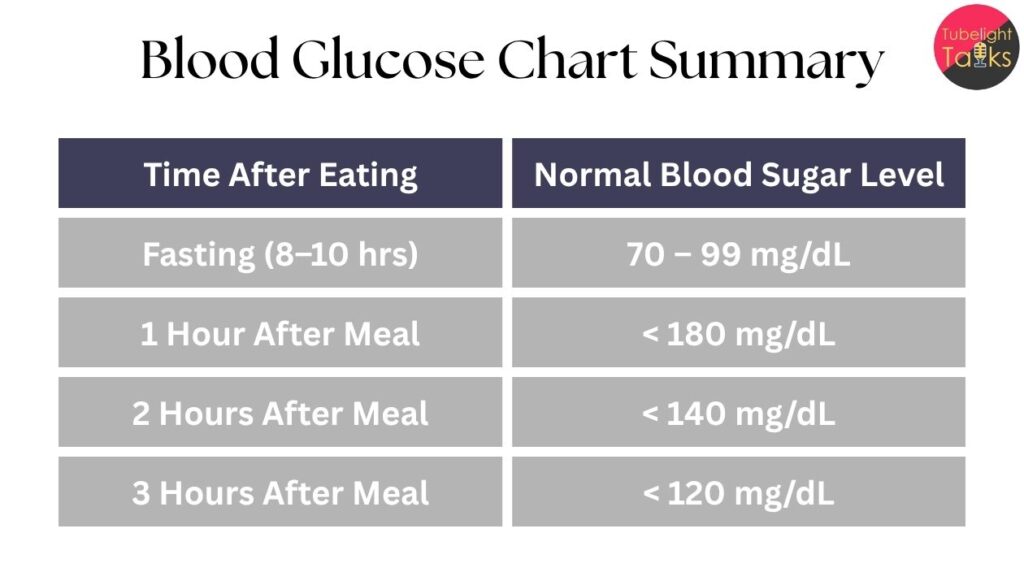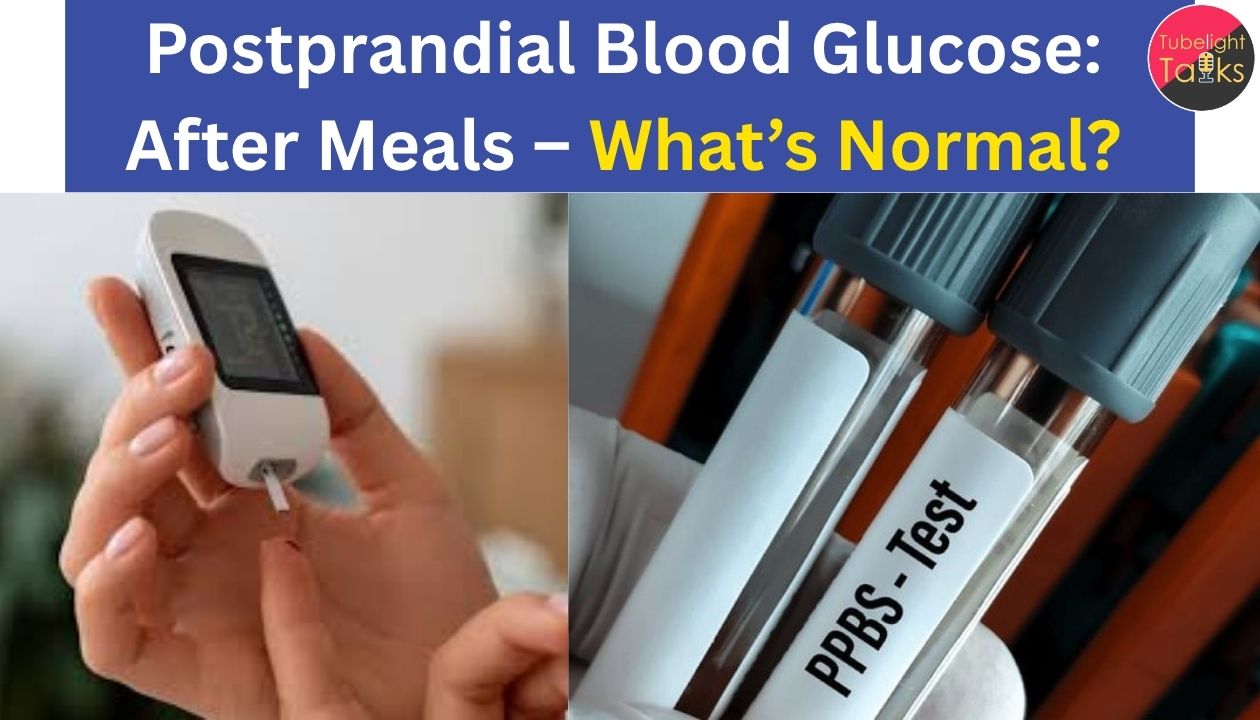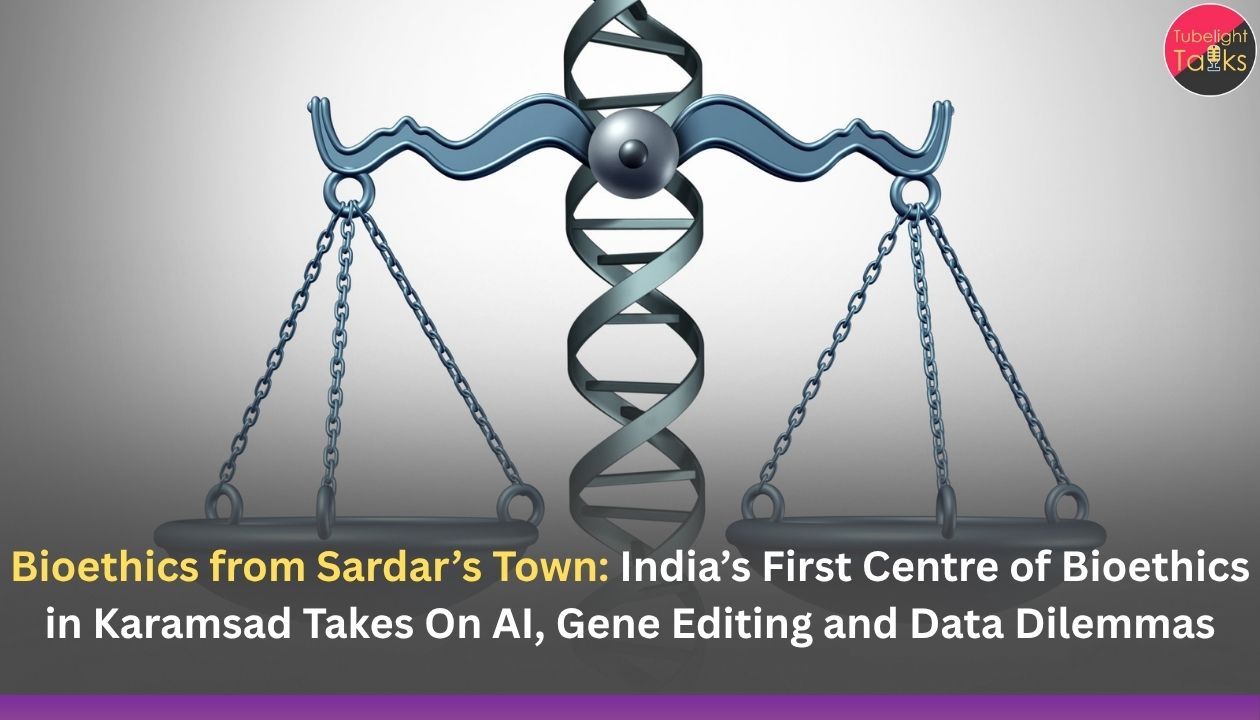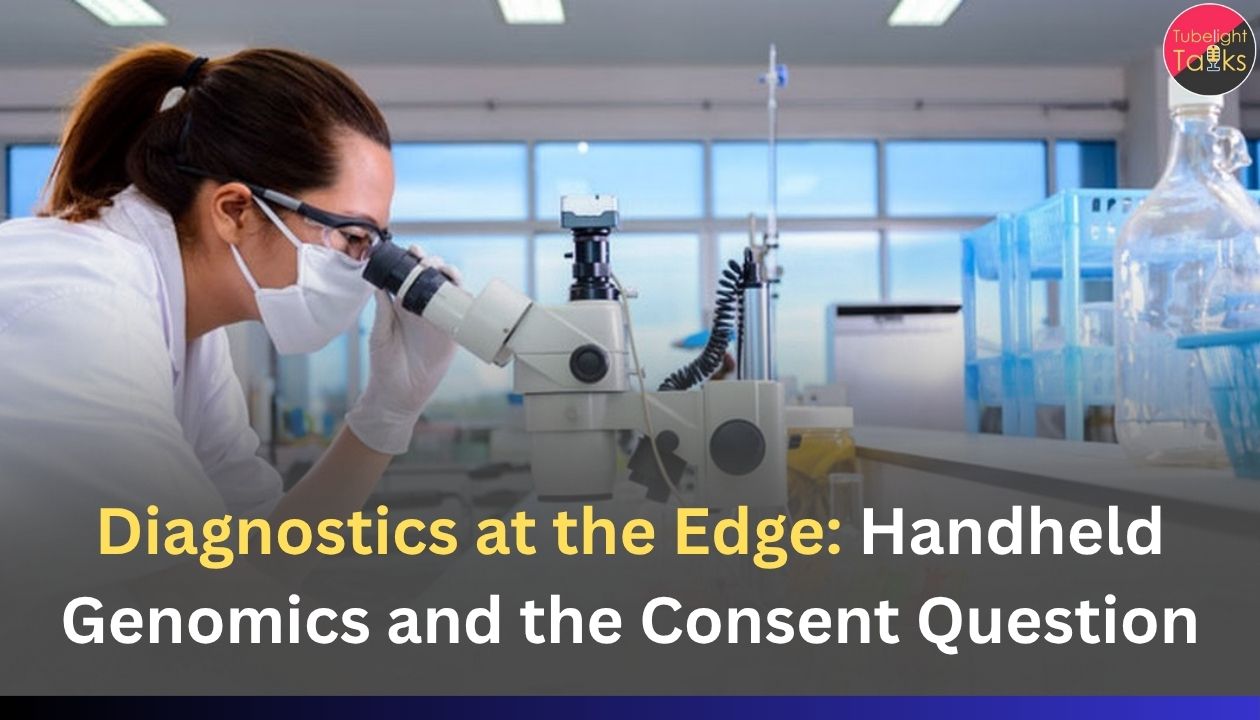Understanding Blood Sugar: A Crucial Health Indicator
Blood glucose, or blood sugar, plays a vital role in how our bodies produce energy. After eating, your blood sugar levels naturally rise as your digestive system breaks down carbohydrates into glucose. But how much of a rise is considered normal?
Knowing your postprandial blood glucose (blood sugar after meals) is key—whether you’re managing diabetes, prediabetes, or simply aiming to stay healthy. This guide breaks down what your blood sugar should be 1, 2, and 3 hours after eating, along with fasting levels, to help you stay informed and in control.
Why Monitor Postprandial Blood Glucose?
Postprandial blood glucose (PPBG) refers to your blood sugar level after eating, usually measured at specific time intervals. Monitoring it helps you:
- Detect early signs of diabetes
- Assess how different foods affect your sugar levels
- Optimize diet, exercise, and medication (if diabetic)
- Prevent long-term complications like heart disease or nerve damage
Normal Blood Glucose Levels: A Complete Breakdown
1 Hour After Eating
Target Range:
Less than 180 mg/dL (10.0 mmol/L)
What Happens:
At the 1-hour mark, glucose typically peaks as carbohydrates are digested and glucose enters the bloodstream. The pancreas begins releasing insulin to move sugar into cells.
Interpretation:
- For most healthy individuals, <180 mg/dL is considered acceptable.
- Diabetics should aim to stay below this to avoid post-meal spikes.
Tip:
A level above 180 mg/dL regularly may suggest insulin resistance or poor glucose control.
2 Hours After Eating
Target Range:
Less than 140 mg/dL (7.8 mmol/L)
What Happens:
Insulin is now actively working to reduce the glucose levels. This is the most commonly used benchmark for assessing postprandial blood sugar control.
Interpretation:
- A 2-hour PPBG <140 mg/dL is considered normal.
- 140–199 mg/dL indicates prediabetes.
- 200 mg/dL or above indicates diabetes, if confirmed on another day.
Tip:
This is the standard measurement used in Oral Glucose Tolerance Tests (OGTT).
3 Hours After Eating
Target Range:
Less than 120 mg/dL (ideally back to fasting levels)
What Happens:
By the 3-hour mark, your blood sugar should have returned close to your fasting level if your body is producing and using insulin efficiently.
Interpretation:
- A healthy person will see their blood sugar normalize or drop to <120 mg/dL.
- If levels are still elevated, it may indicate impaired glucose metabolism.
Watch Out For:
Some people experience reactive hypoglycemia (blood sugar <70 mg/dL) around 3–4 hours after meals, particularly after high-carb intake.
Fasting Blood Glucose (No Food for 8–10 Hours)
Target Range:
70–99 mg/dL
What Happens:
This is your baseline blood sugar level, unaffected by recent food intake.
Interpretation:
- 70–99 mg/dL = Normal
- 100–125 mg/dL = Prediabetes
- 126 mg/dL or more = Diabetes (confirmed on two occasions)
Tip:
Fasting blood glucose is often the first screening tool for diabetes.
Blood Glucose Chart Summary

Factors That Affect Post-Meal Blood Sugar
Carbohydrate Type and Quantity
Refined carbs (white bread, sugar) spike sugar faster than complex carbs (whole grains, vegetables).
Physical Activity
Exercise after meals helps lower post-meal spikes by enhancing insulin sensitivity.
Medication and Insulin
For diabetics, timing and type of insulin or oral medications play a key role in PPBG.
Meal Composition
Adding protein, fiber, or healthy fats can slow glucose absorption.
Sleep and Stress
Poor sleep or high stress increases cortisol, which may elevate blood sugar.
Tips to Maintain Healthy Postprandial Glucose
Eat Balanced Meals
Include complex carbs, lean protein, fiber, and healthy fats.
Walk After Meals
A 10–15 minute walk after eating helps lower PPBG levels naturally.
Stay Hydrated
Water helps flush excess glucose through urine.
Manage Stress
Practice meditation, yoga, or deep breathing to regulate hormones.
Monitor Regularly
Use a glucometer or CGM (Continuous Glucose Monitor) to track trends.
You can also read: Healthy Tips for Healthy Lifestyle
Warning Signs of High Postprandial Blood Sugar
- Excessive thirst
- Frequent urination
- Fatigue
- Blurry vision
- Slow healing wounds
If these symptoms persist after meals, consult a doctor for blood sugar testing.
Testing Postprandial Blood Sugar: How and When
How to Test:
- Use a glucometer 1, 2, and 3 hours after your first bite of a meal.
- Record readings to notice trends.
When to Test:
- If you have diabetes or prediabetes
- After eating high-carb meals
- When changing your diet or medications
When to See a Doctor
Consult a healthcare provider if:
- Your 2-hour post-meal readings are consistently over 140 mg/dL
- You experience hypoglycemia 3–4 hours after meals
- You have risk factors for diabetes (family history, obesity, high BP)
FAQs
1. Is 150 mg/dL blood sugar normal 2 hours after eating?
For non-diabetics, this is slightly elevated. The goal is <140 mg/dL at 2 hours. For diabetics, <180 mg/dL is often the target.
2. What if my sugar is still high 3 hours after eating?
It may indicate insulin resistance or delayed digestion. A consistent pattern should be discussed with a doctor.
3. Is postprandial testing better than fasting sugar?
Both are important. Fasting gives baseline data, but postprandial shows how your body handles glucose spikes.
4. Can exercise lower post-meal sugar?
Yes. Light walking after meals helps muscles use up glucose, lowering blood sugar.
5. What should diabetics aim for post-meal?
Generally, <180 mg/dL after 1–2 hours is acceptable, but individualized targets may vary.
6. What is the best time to test sugar after eating?
2 hours after starting your meal is the standard postprandial testing window.
7. Can I reverse high postprandial sugar?
With lifestyle changes like diet, exercise, and weight loss, many people reduce or reverse elevated post-meal sugar levels.
8. Are CGM devices better than fingersticks?
CGMs offer continuous data and trends but may be more costly. Both methods can be effective.
Final Thoughts
Understanding what your blood sugar should be after meals—whether it’s 1, 2, or 3 hours—is crucial for early detection and management of diabetes or metabolic issues. For most healthy individuals, your body should regulate glucose effectively and return it to near fasting levels within 3 hours. But if your numbers are consistently high, don’t ignore the signs—your body is giving you an early warning.
Take charge of your health by eating wisely, staying active, monitoring regularly, and consulting professionals when necessary.










